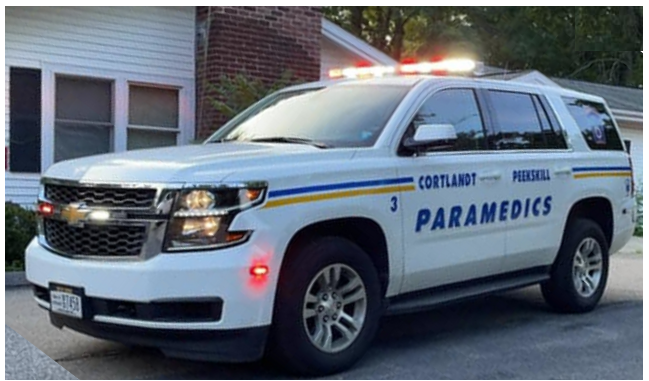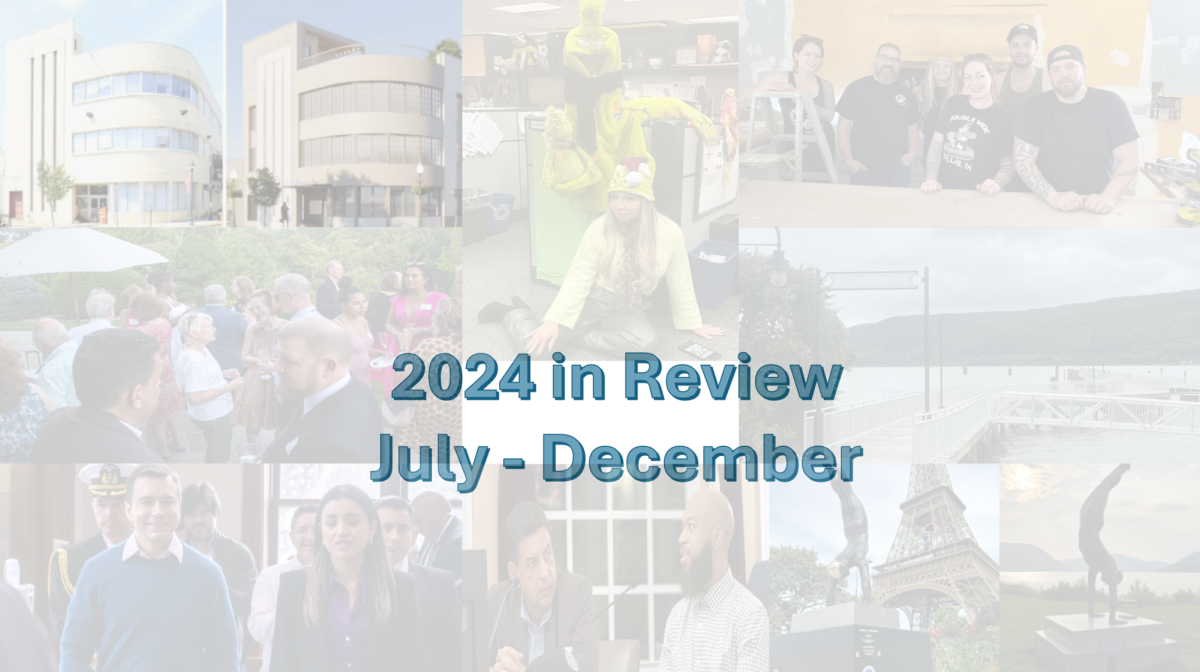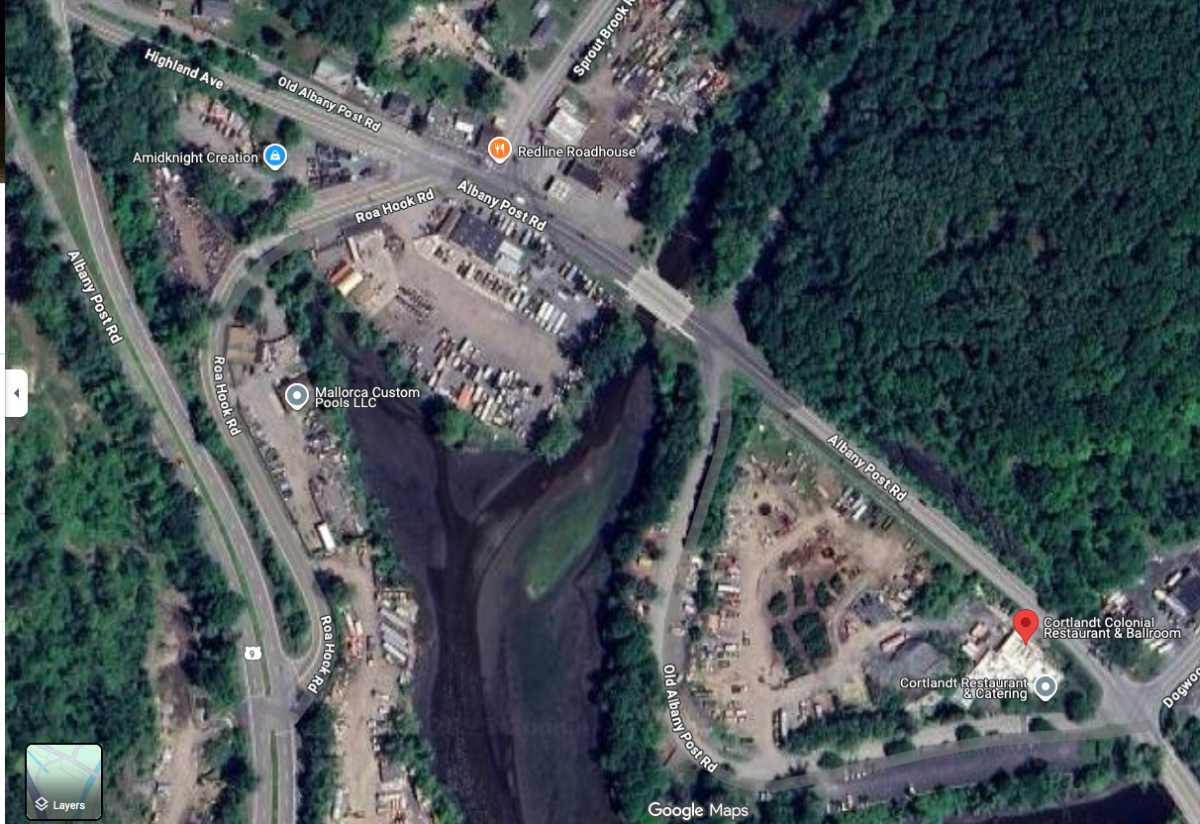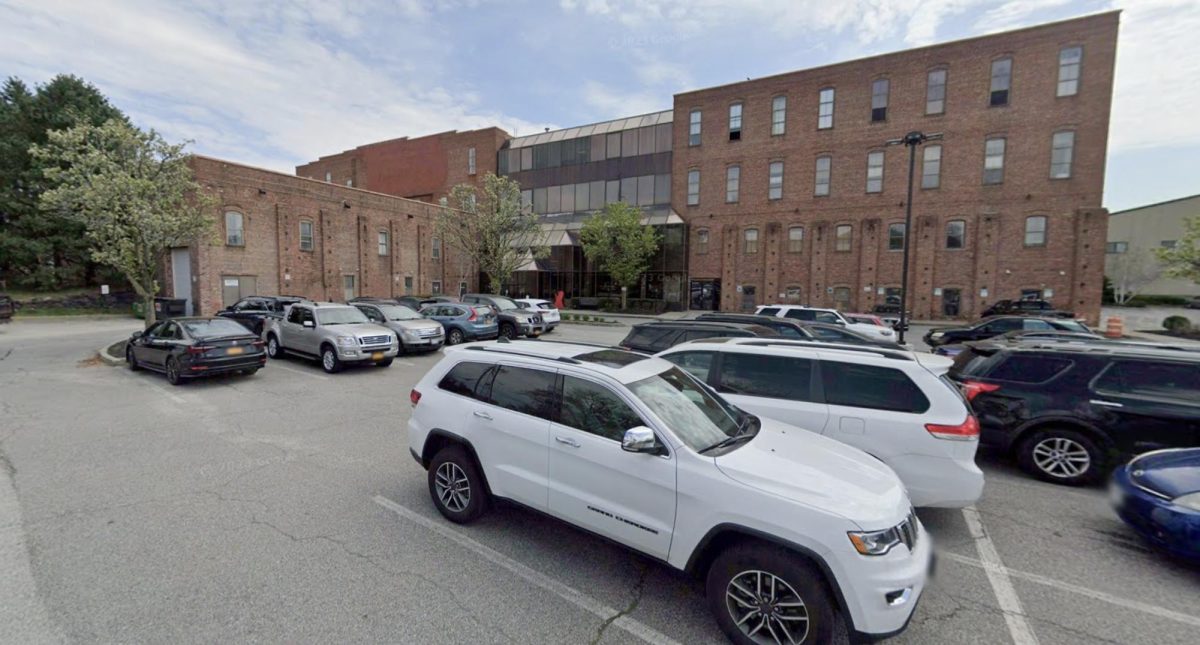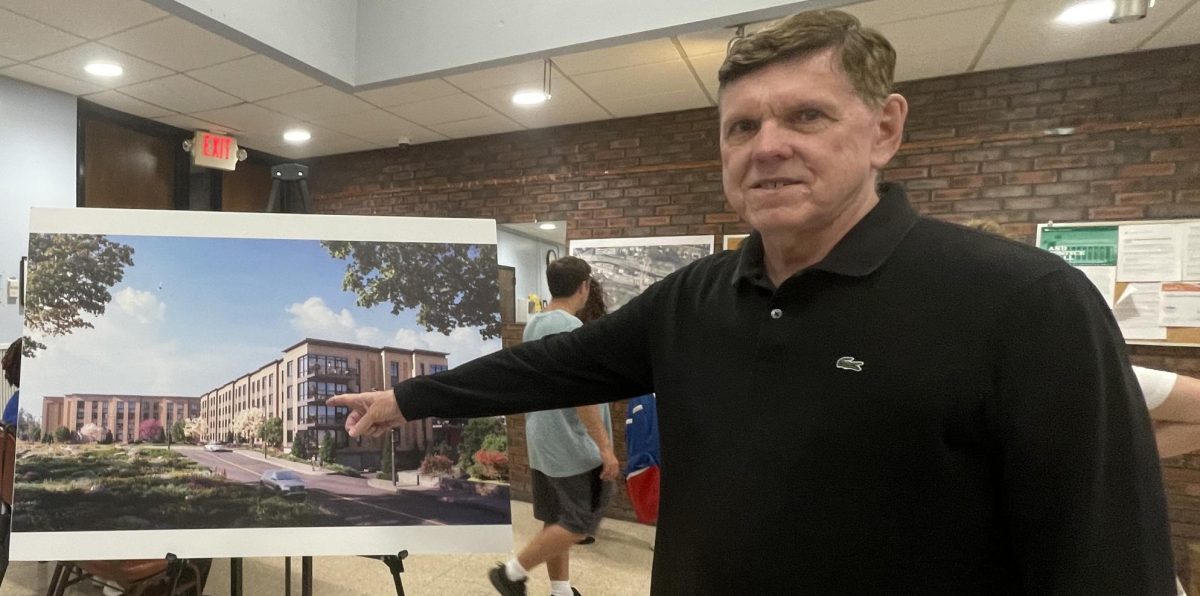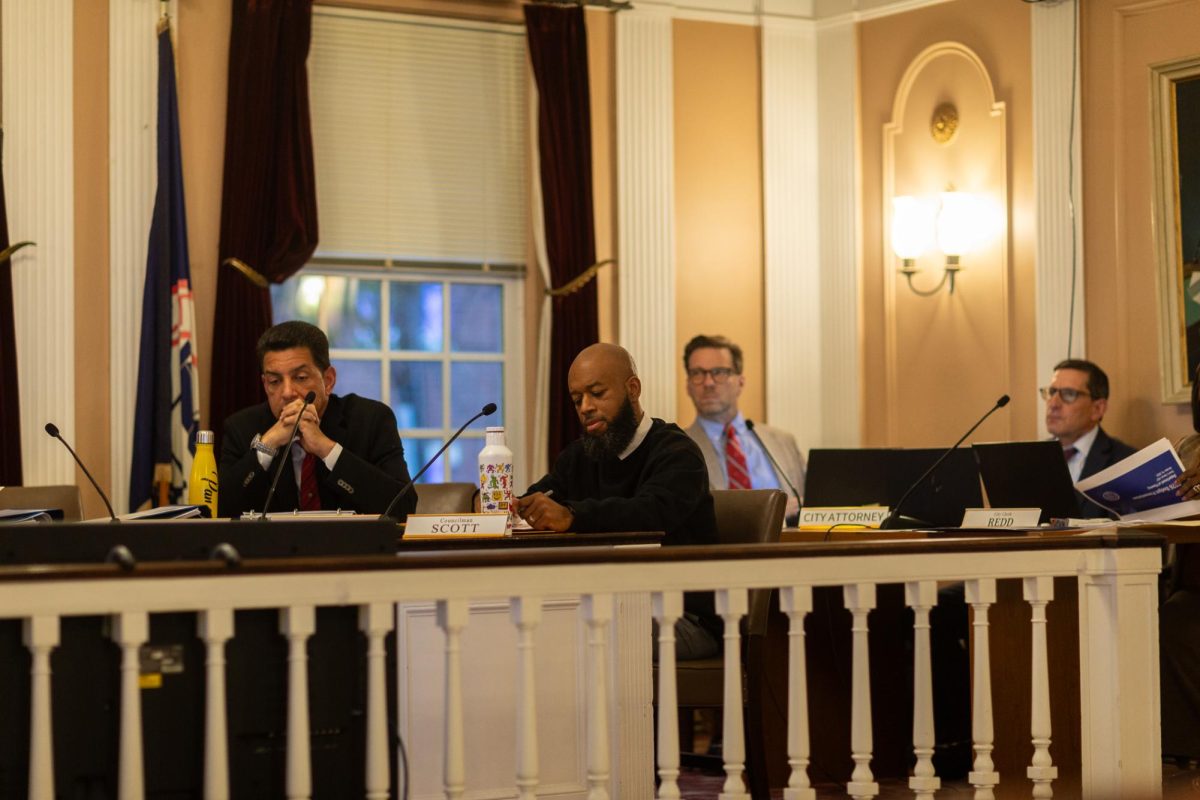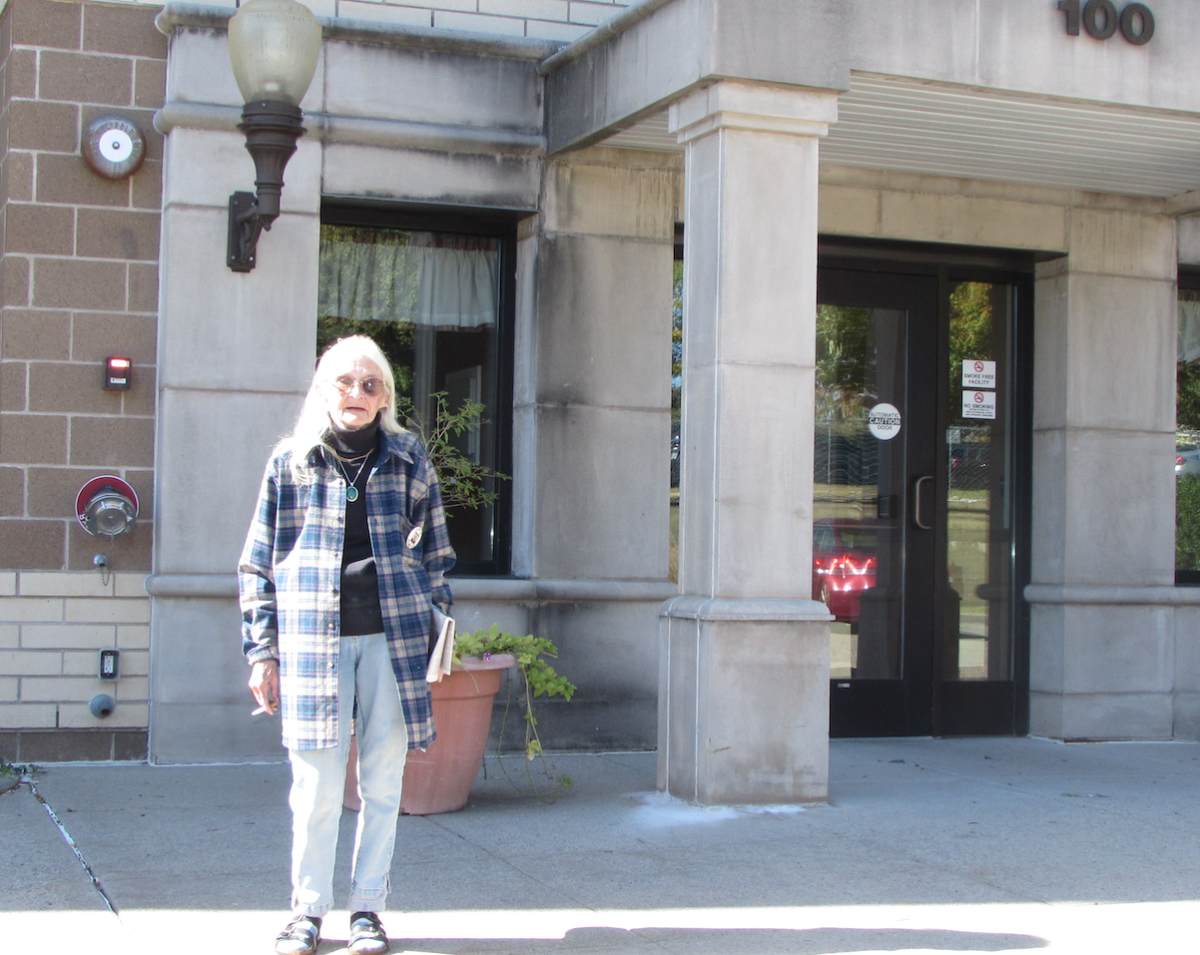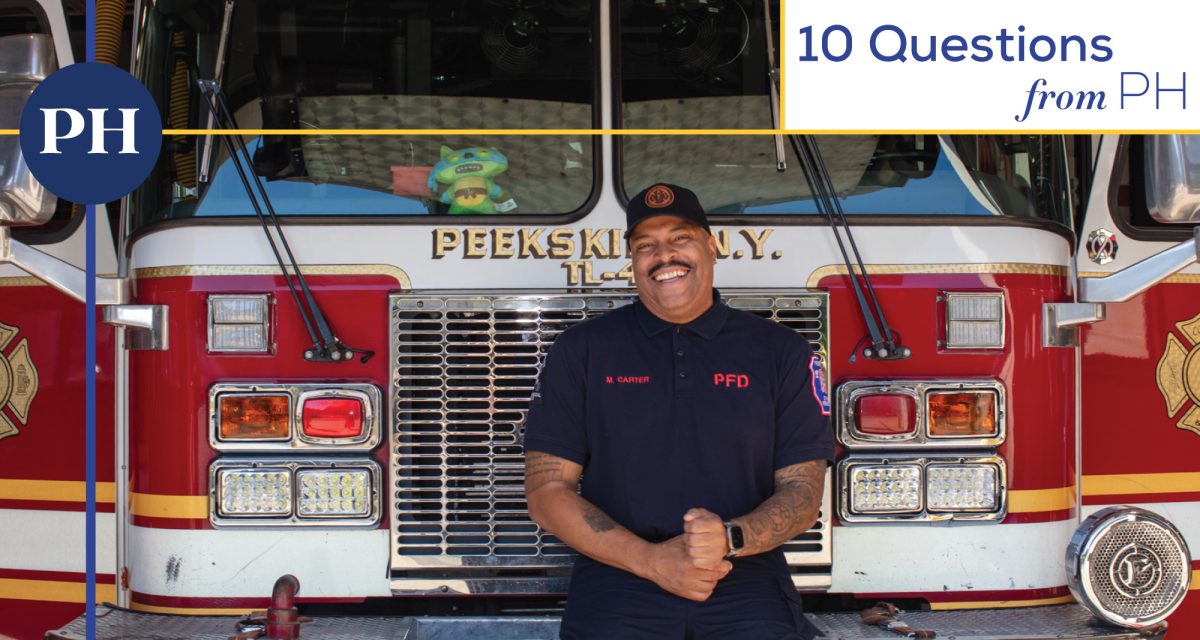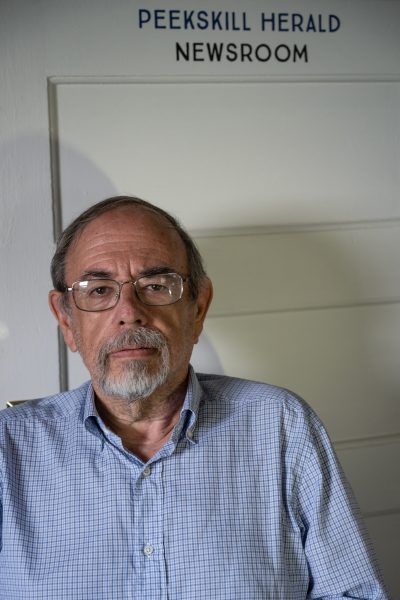The paramedic service that has cared for area residents needing first response, advanced level emergency care since 1997 has a new operating structure, but those dialing 911 won’t see any change when they place that call.
Come January 1, the Cortlandt-Peekskill Regional Paramedics will be operated by a new non-profit created under an Inter Municipal Agreement (IMA) between the town of Cortlandt and the city of Peekskill.
The financial contributions that Peekskill and Cortlandt have paid in the past will rise significantly under the new arrangement, costing them approximately $500,000 more in total.
Paramedics were previously employed by New York Presbyterian. However, the actual costs of the services were reimbursed with money from Cortlandt and Peekskill. The four full-time paramedics and 21 per diem employees will now work for the new non-profit.
“You can reassure everyone that they will not notice a difference and that the service will continue seamlessly,” said Dr. Richard Becker, Cortlandt Town Supervisor. “We’ve been working on it for over a year and had various consultants come in to help structure the new non-profit. We’re blessed that everyone who was part of the old system will be part of the new one.”
Justin Costable, the director, will remain as head paramedic and Dr. John McGurty will stay as medical director, Dr. Becker said. Dr. Patrick Thomas, a cardiologist and chairman of the medical board at Hudson Valley Hospital, will be CEO and chairman of the board of the new non-profit. Peekskill City Manager Matt Alexander and Fire Chief James Seymour will serve on the board along with representatives from Cortlandt.

New York Presbyterian informed Peekskill and Cortlandt in 2022 that they no longer wished to operate the paramedic service here because it was more appropriately a municipal function, just like police and fire.
Dr. Becker said the paramedic service will operate out of a Locust Avenue facility in Cortlandt and the Peekskill Central Firehouse on Main and Broad streets.
Cortlandt, Peekskill to absorb increased costs
In a resolution presented by Alexander at the Oct. 23 Peekskill Common Council meeting, the city budgeted $631,600 as its share of the 2025 cost for the paramedic service.
Alexander said Peekskill paid $456,000 in 2023 for its contribution and spent a similar amount in 2024. The cost in 2025 represents a 40% increase over previous years in Peekskill expenses for the service.
Cortlandt paid approximately $900,000 in 2024 and will contribute about $1.2 million next year. The proportion of the payments from the two municipalities reflects the amount of calls that occur in each.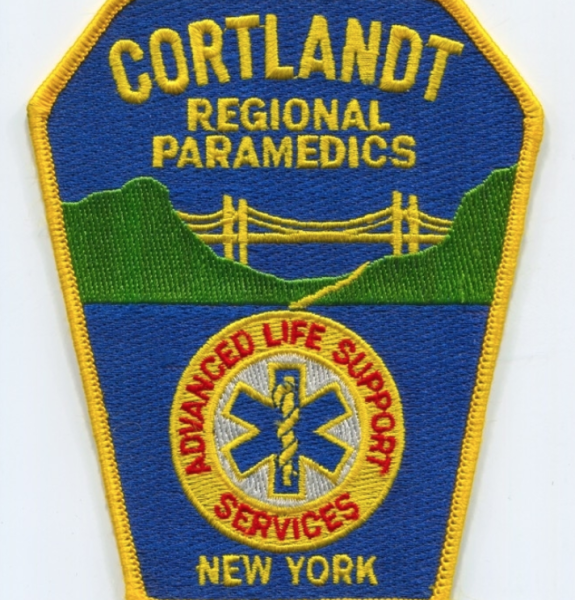
The escalating costs of the paramedic service are driven like other government costs by increased charges for medical insurance and benefits. Dr. Becker said the paramedics did not receive a pay raise last year and will get a 3 percent increase in 2025.
Some revenue will also come from payments that insurance companies and Medicare pay to ambulance services that transport patients. The insurers won’t pay for paramedic service, Dr. Becker said, so the ambulance companies send a portion of what they collect to help support the paramedics.
The hospital will continue to provide medications and supplies when a paramedic answers a call, replenishing IV tubings, medications and narcotics on a one-to-one basis, Dr. Becker said.
First line of emergency response
Paramedic, or advanced level service, is a much higher level of service than EMTs provide and requires a several-year course of training. Paramedics are the first ones to respond in a “flight car” SUV and they only call for an ambulance if transport to the hospital is needed. Many Peekskill firemen are EMTs and a few are paramedics.
“The paramedic program has very good response time with a goal of under six minutes to respond,” Dr. Becker said.
Becoming a paramedic means going through paramedic school involving intensive training in emergency medical care, gaining thorough knowledge of patient assessment, and mastering critical life-saving skills.
Requirements include a high school diploma or GED. Before becoming a paramedic, individuals must first become certified as an Emergency Medical Technician-Basic (EMT-B). This certification can be obtained by completing an approved EMT-B training program and passing the National Registry of Emergency Medical Technicians (NREMT) exam.
After obtaining EMT-B certification, individuals must complete a paramedic training program approved by the New York State Department of Health. These programs typically take one to two years to complete and include both classroom instruction and hands-on clinical experience.
Upon completion of a paramedic training program, individuals must pass the New York State Paramedic Certification Exam in order to become a certified paramedic in the state.


